God of War: Chains of Olympus Photo Diary
November 18th, 2016
Thanks to the wonders of custom firmware I recently equipped my PSP with a screen capture plugin. All I have to do is press that useless music note button and—snap!—a screenshot is saved to the console’s memory stick. So I thought I’d take my new camera with me on my vacation to Ancient Greece. Below is a selection of happy snaps from God of War: Chains of Olympus.
This first boss battle eschews God of War‘s typical raised viewpoint for a behind-the-avatar perspective. Kratos therefore attacks into the screen, with his body obscuring some of the action. By bringing Kratos and the Basilisk into near visual alignment, the player also can’t easily judge the distance between the two combatants and read and respond to incoming attacks. We see this kind of camera design in 3DS games like Super Mario 3D Land, where the hardware helps the player read depth. Games designed for 2D screens tend to use clever visual devices to communicate depth (such as Resident Evil 4‘s laser sights). Unfortunately, in this instance the player lacks any clear visual aids or markers to assist them in reading the action. With the lines of communication obscured somewhat, each attack is made with a degree of uncertainty and guesswork.
Our tour guide Kratos meets with the king of Persia. Although the king swings his sword around in 3D space, the hit box only covers the horizontal plane. The player can avoid many of the attacks by jumping, even as the king’s blades appear to hit Kratos.
The front-on viewpoint (and blurring effects) makes it hard to judge the depth of the fire balls.
This photo demonstrates the incredibly generous range of Kratos’s grab (which in this case was unsuccessful, hence the recoil). When successful a long distance grab looks extremely unnatural in action.
The two flailing enemies on the far left had just taken arrows to the back. By moving to the side of the line of archers, I was able to get them to fire into one another. Although this trick might make the archers appear brain-dead, friendly fire is a great asset in action games as it can lead to cool emergent scenarios born out of higher level play (like the one in the photo). It’s a shame then that friendly fire only applies to archers.
The foggy appearance of these wolf enemies clutters the visual space with wispy smog making it harder than necessary to recognise the incoming claw attack.
The camera in the first room of The Cave of Olympus stands in a raised corner and swivels to track the movements of our muscly tour guide. As Kratos moves towards the camera, it peers downwards and walls in the perspective. As he moves away from the camera, it tilts upwards to capture more of the action. Despite Kratos being some way from the camera in this grab, the environment is still squashed into the frame. The PSP’s widescreen format and lower screen resolution have implications when bringing console-based franchises over to the platform (much like the GameBoy’s NES adaptions). This room is an example of the developers not quite being able to work around those limitations.
As we press a button, we tend to apply more pressure over time in the same way that Kratos heaves harder as he is just about to open a chest. The direct synchronisation between tactile input and in-game animation makes chest opening a pleasant interaction. It would be neat if these moments had a skill-based element (like a timed trigger) to give the player more buy-in.
Kratos can visibly fit through the gap, but an invisible wall prevents him from doing so. Why use artificial measures when you can just have form fit function?
The Sun Shield, Chains of Olympus‘s variant of the Golden Fleece, is my favourite weapon in the God of War series. The shield allows Kratos to block enemy attacks. If the player guards right before an attack makes impact, they can reflect the attack, turning the defensive manoeuvre into an offensive strike.
Helios Reverse, the melee counter, stuns nearby enemies, giving the player a narrow window of time to land some free hits. The wider range of the counter facilitates higher level play. When an enemy enters the first few frames of their attacking animation, the player can quickly reposition Kratos next to other enemies so as to catch them within the stun’s range. Assuming their successful, the player will then have free reign to lay into the surrounding enemies as they stand around stunned. This higher level technique involves quick reading of the enemy states, a heightened spatial awareness, and the ability to predict future outcomes.
Helios Flash, the melee counter upgrade, has a strong knock-back and helps the player separate enemies and gain advantage in the tug-of-war struggle over spatial control.
Helios Reflect, the projectile counter, allows the player to “catch” objects and fire them back at the sender. Given that Kratos’s only ranged attack (the Light of Dawn spell) appears late in the game, the Helios Reflect plugs a significant hole in Kratos’s ability set (attacking distant enemies).
The Sun Shield’s set of mechanics emphasise a more considered approach to combat (observing and reacting to openings). The back-and-forth interplay is a welcome reprieve from beating up mobs of pawns who can barely fight back.
The Sun Shield is paired with Hell Soldiers, demonic grunts who sprint towards Kratos and strike him. As soon as they’re cued in to attack they’ll raise their swords which is a visual prompt that tells the player they have a limited amount of time to stop what they’re doing and prepare to dodge, block, or shield stun. These disruptors force the player to shift their focus between immediate and distant stimuli and switch up their play style accordingly. Archers and Fire Guards play a similar role in combat.
As the player enters the Temple of Helios they climb past this door. When they need to leave they exit through it. The God of War games often use visual markers to elicit curiosity, give the player some time to forget about it, and then bring things full circle. It’s not Super Metroid, but it’s neat nonetheless.
The shadow communicates that it’s safe for the player to release Kratos’s grip on the handhold. I don’t think anyone minds fake lighting when it communicates useful information.
These enemies spawn out of thin air. It would have been more natural if they were waiting for Kratos, descended down the rock face, or crawled in from the sides.
This long narrow path is used to create anticipation through the player’s inactive-state.
Another example of how friendly fire can lead to emergent, higher level play. The archer followed Kratos’s movements with his bow and took splash damage after shooting the magic arrow into the ground in front of them.
This wall looks breakable, but isn’t—at least not yet.
Kratos and I thought that this area was a little odd. As far as we could recall, the God of War games never place enemies next to save points. These Hell Soldiers therefore weaken the legitimacy of save points as secure safe havens. If the player saves the game in the midst of combat, it’s not clear whether the battle will resume or be reset when they reload the game. Furthermore, if they save on low health just before an enemy’s hit makes contact, the latter situation could be problematic. It’s for these reasons that games tend to isolate save points from regular gameplay.
One cannot help but worry they’ll break the PSP’s flimsy analog nub when tasked with these QTEs. In this scene Kratos obtains the Gauntlet of Zeus, an alternative weapon to the Chains of Olympus (pretty significant given that this is a combat game, right?). It’s a pity then that we’re nearing the end of the game at this point.
The old drag-the-enemy-carcass-onto-the-switch puzzle. I wonder why he didn’t disappear into thin air like his mates.
Charon’s scythe has a much longer range than the Blades of Olympus, so the player is forced to use the Sun Shield to create openings in the attacks. The Blades of Olympus give Kratos a significant range advantage over his enemies, so it’s neat that the game effectively took this power away from the player and put Kratos in a similar position to the grunt enemies.
God of War’s narrative would be more cohesive and effective if the designers tried to express meaning through the core gameplay (combat) instead of through these narrative vignettes. In God of War III each boss Kratos defeats has an effect on the game world which is present through various shifts in the environment (for example, killing Poseidon causes the world to flood). As the player works their way towards the end of the game, it feels as though Kratos’s rage (as expressed through the player’s actions) is causing the destruction of the Earth. The problem with this short, QTE-led narrative vignette is that it’s divorced from the player’s actions throughout the game and the piece of themselves the player has contributed to the experience. As such, this scene has limited narrative pay-off.
Every time the player loses against Persephone’s first phase, they need to climb these stairs and watch the same minute-long cutscene again. It’s good that the player is given time to think through and internalise their mistake, but this is overkill.
In the second challenge room I always stand along the centre of the back wall so as to limit potential attacks to 180 degrees around Kratos. At this point the camera also offers the widest view of the arena.
[Originally written in 2014]
Recommended Reading / Viewing
God of War III – Graphical Attrition (Daniel Primed)
God of War III – Kratos: Villain, Anti-Hero or Indifferent (Daniel Primed)
God of War III – Ending Analysis (Daniel Primed)
God of War III – Secondary and Peripheral Mechanics Analysis (Daniel Primed)
God of War III – Primary Mechanics Analysis (Daniel Primed)
God of War II – A Review (Daniel Primed)
God of War – Unearthing the Legend documentary (YouTube)
God of War – Game Directors Live (YouTube)








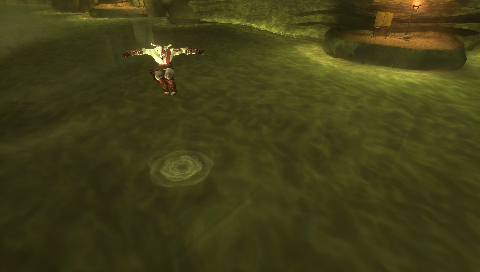
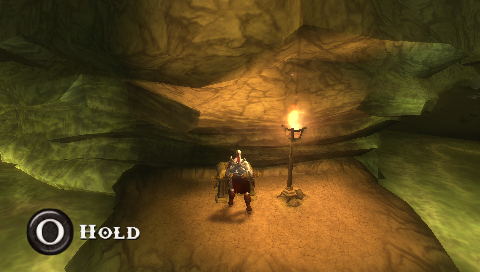
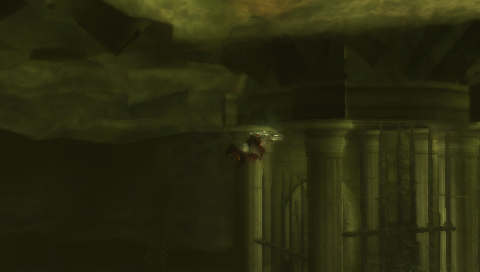

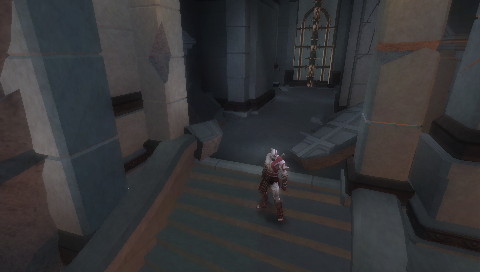
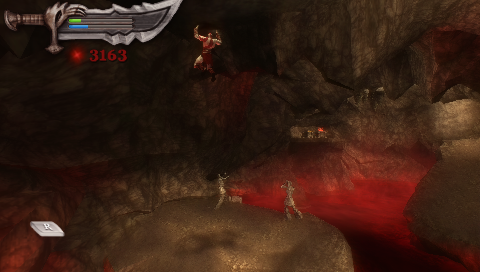
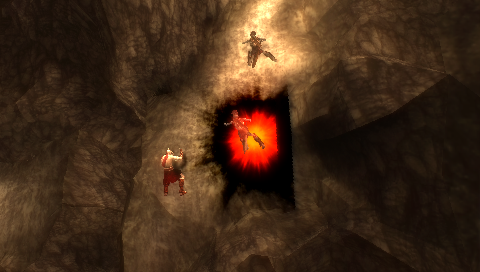
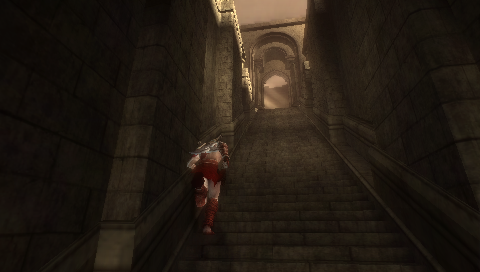
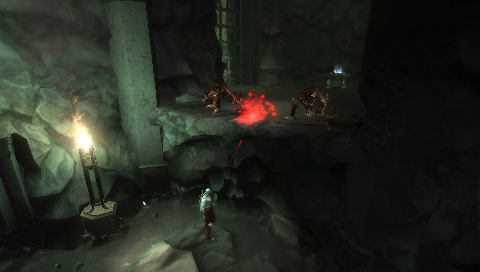
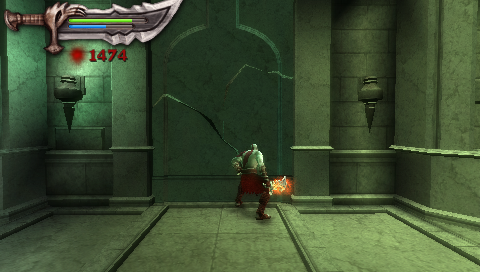
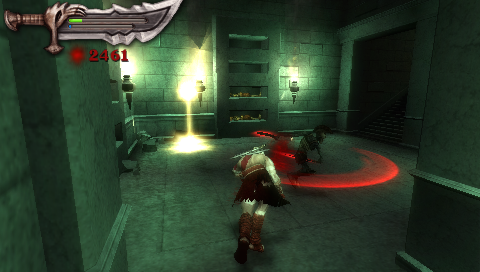
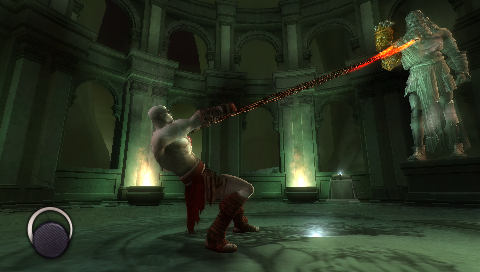
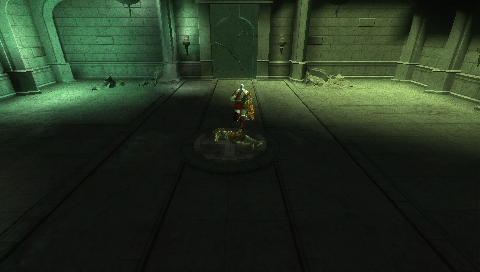
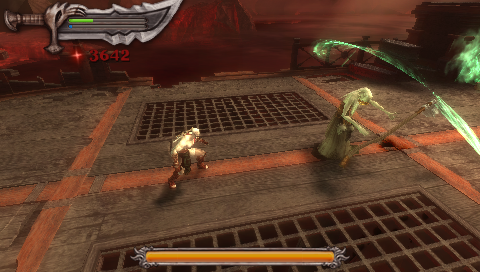

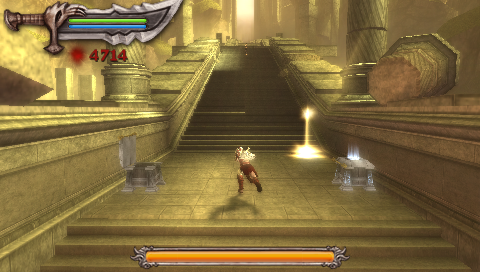
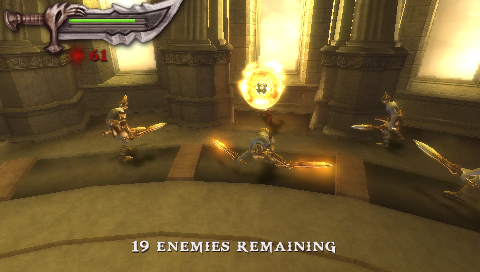


 Game Design Companion: A Critical Analysis of Wario Land 4 - $7.99
Game Design Companion: A Critical Analysis of Wario Land 4 - $7.99 Level Design: Processes and Experiences
Level Design: Processes and Experiences Speed Boost: The Hidden Secrets Behind Arcade Racing Design - $5.99
Speed Boost: The Hidden Secrets Behind Arcade Racing Design - $5.99 Adventures in Games Analysis: Volume I - $5.99
Adventures in Games Analysis: Volume I - $5.99







